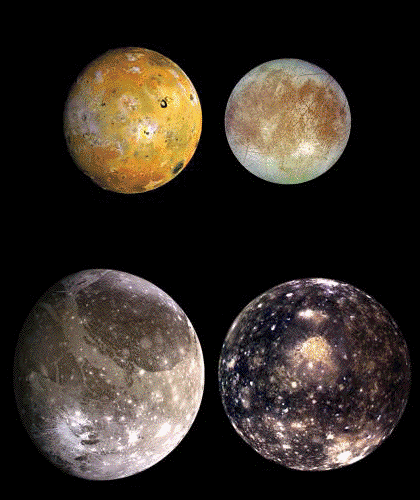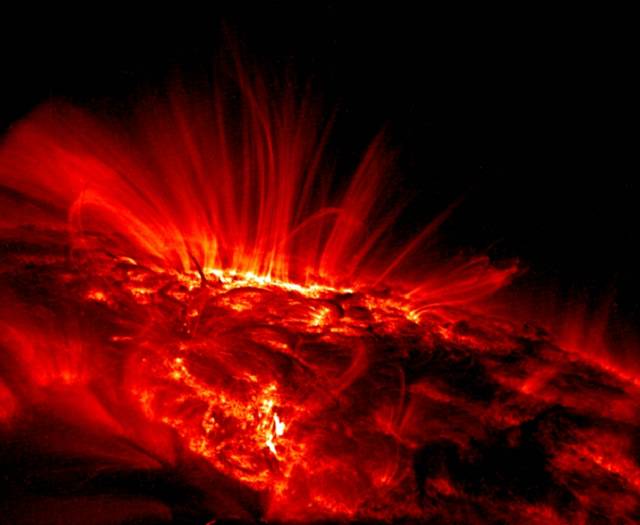Galileo's Proof
Galileo wrote the "Dialogue Concerning the Two Chief World Systems" to illuminate the differences between an Earth-centered or geocentric universe and a Sun-centered or heliocentric one. There were two observations through his telescope that supported the Copernican idea that the Earth indeed orbited the Sun. The first was the fact that Venus showed phases and got smaller and larger in the sky as it orbited the Sun. If Venus orbited Earth, its diameter would not grow and shrink in size (the Moon's didn't!). Venus was largest right before it was in the "new moon" phase of being backlit by the Sun. In this position it would be closest to the Earth. As it made its way around the Sun, it would reflect more sunlight on its surface until the half facing Earth was fully lit (just like a full moon). In this phase it would be much smaller from Earth's perspective.
His second observation was that Jupiter appeared to be a mini-solar system in its own right, with multiple moons orbiting a larger planet. Maybe the planets orbited the massive Sun, just like the moons orbited Jupiter.

If only Galileo could've seen what the four largest moons looked like up close!

They are now known as the Galilean moons, and from the upper left going clockwise are Io, Europa, Callisto, and Ganymede. To date there are 61 moons orbiting Jupiter.
His second observation was that Jupiter appeared to be a mini-solar system in its own right, with multiple moons orbiting a larger planet. Maybe the planets orbited the massive Sun, just like the moons orbited Jupiter.

If only Galileo could've seen what the four largest moons looked like up close!

They are now known as the Galilean moons, and from the upper left going clockwise are Io, Europa, Callisto, and Ganymede. To date there are 61 moons orbiting Jupiter.







